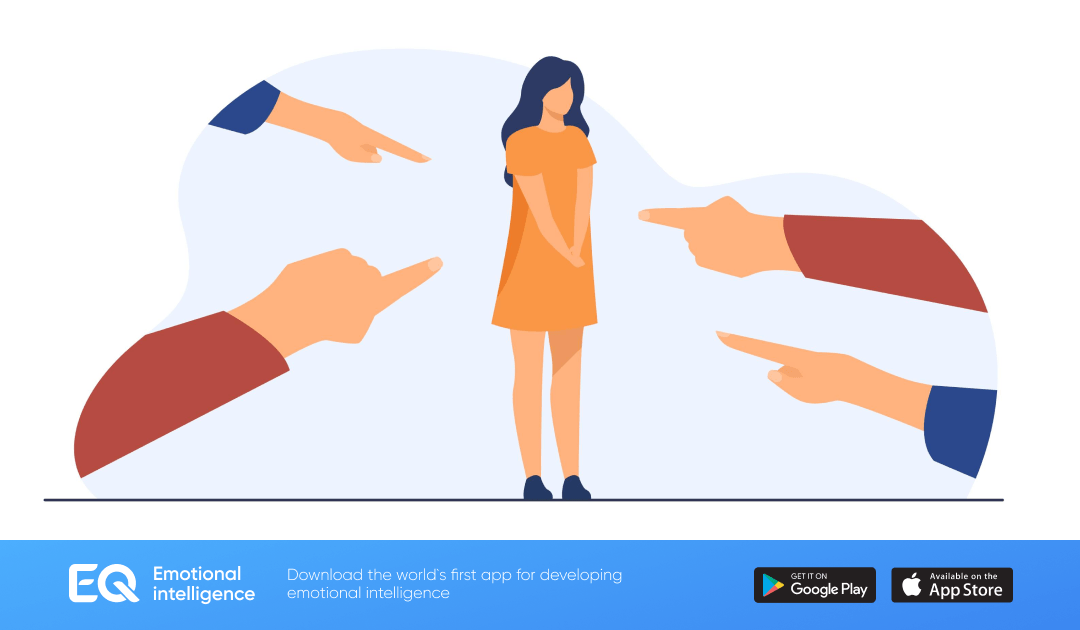Many people feel nervous or anxious from time to time, such as when giving a speech or interviewing for a new job. But social anxiety disorder (SAD) or social phobia is more than just shyness or occasional nerves.
STR involves an intense fear of certain social situations, especially situations that are unfamiliar or in which you feel that you will be watched or judged by others. These situations can be so frightening that you become anxious just thinking about them or go to great lengths to avoid them, disrupting your life in the process.
Feeling shy or uncomfortable in certain situations are not necessarily signs of STR, especially in children. It may depend on personality traits and life experience. Some people are reserved by nature, while others are more sociable.
STR includes fear, anxiety, and avoidance that interfere with relationships, daily routines, work, school, or other activities. STR usually starts in early or middle adolescence, although it can sometimes start in younger children or adults.
Emotional signs and symptoms of STR:
- Excessive withdrawal and anxiety in everyday social situations
- Intense anxiety for days, weeks, or even months before an upcoming social situation
- Extreme fear of being watched or judged by others, especially people you don’t know
- Fear that you will act in a way that will embarrass or humiliate you
- You are afraid that others will notice that you are nervous
Physical signs and symptoms:
- Red face or flushing
- Dyspnea
- Upset stomach, nausea (ie butterflies)
- Shaking or tremors (including voice tremors)
- Rapid heartbeat or chest tightness
- Sweating or hot flashes
- Feeling dizzy or faint
Symptoms of STR can change over time. They can flare up if there is a lot of change, stress, or demands in your life. While avoiding situations that cause anxiety may make you feel better in the short term, your anxiety is likely to persist in the long term if you don’t get treatment.


Recent Comments